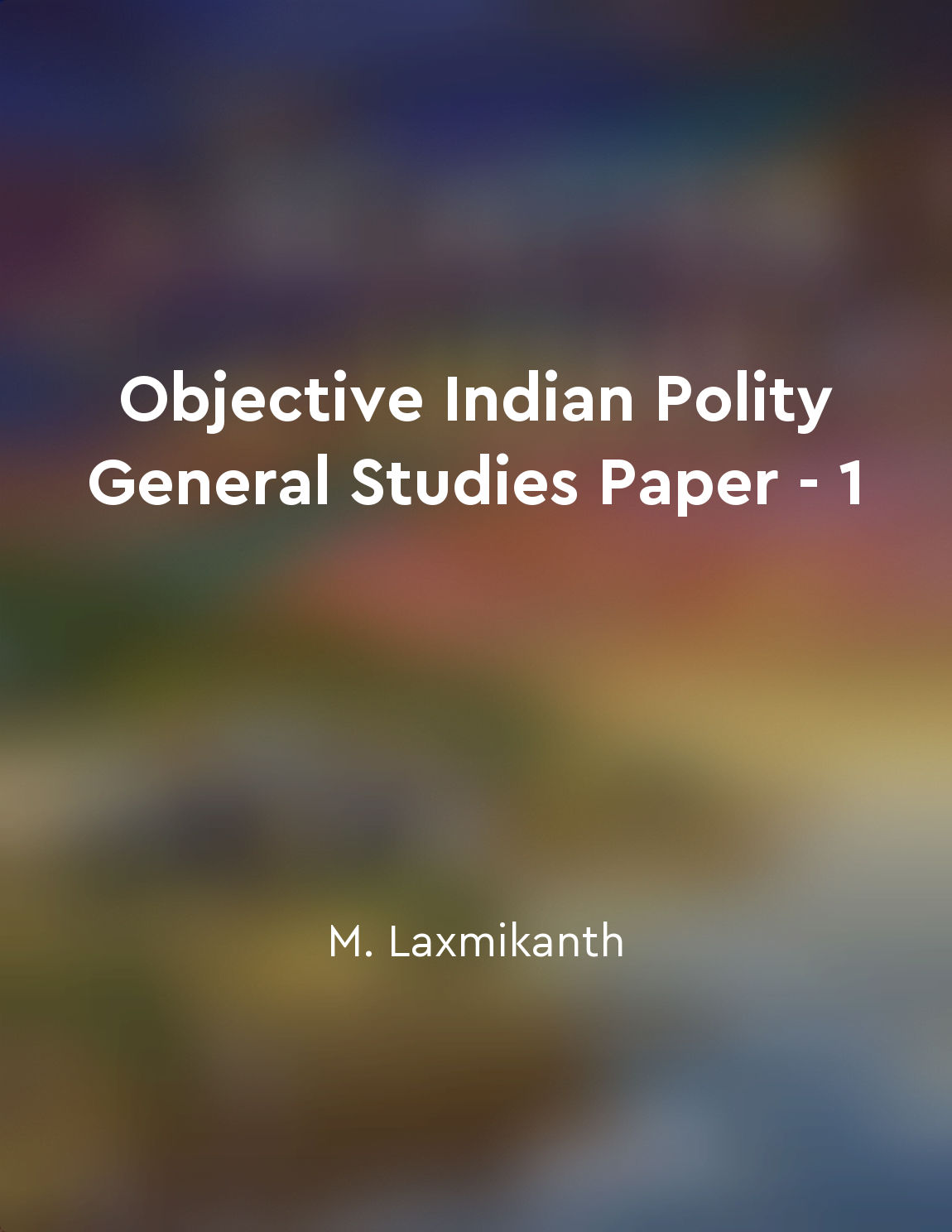Supreme Court from "summary" of Indian Polity and Constitution Book by Mocktime Publication
The Supreme Court is the highest judicial body in India, established under Part V, Chapter IV of the Indian Constitution. It acts as the guardian of the Constitution and the final interpreter of the laws in the country. The Supreme Court consists of a Chief Justice and a maximum of 30 other Judges who are appointed by the President of India. The Supreme Court has original, appellate, and advisory jurisdiction. In its original jurisdiction, the Supreme Court hears disputes between the Union government and one or more states, or between states themselves. As an appellate court, it can hear appeals from lower courts and tribunals in civil, criminal, and constitutional cases. The Supreme Court also has the power to issue advisory opinions to the President of India on matters of public importance. The decisions of the Supreme Court are binding on all courts within India. The Court has the power to declare any law passed by the Parliament unconstitutional if it violates the provisions of the Constitution. This power of judicial review is a crucial aspect of the Supreme Court's role in upholding the rule of law and protecting the rights of citizens. The Supreme Court is also responsible for safeguarding the fundamental rights of individuals enshrined in the Constitution. It can issue writs such as habeas corpus, mandamus, prohibition, quo warranto, and certiorari to protect these rights and ensure justice is served. Additionally, the Supreme Court has the authority to hear cases related to public interest litigation and environmental protection. The independence of the judiciary, particularly the Supreme Court, is essential for the functioning of democracy in India. Judges of the Supreme Court are appointed based on their qualifications, experience, and impartiality. They are expected to uphold the principles of justice, fairness, and equality under the law. The Supreme Court plays a vital role in maintaining the balance of power between the three branches of government and ensuring accountability and transparency in governance.Similar Posts
Social justice requires a holistic approach to addressing inequalities
Social justice is a complex and multifaceted concept that encompasses various aspects of inequality and discrimination present ...
Balancing work and family
The delicate dance of juggling a career and family responsibilities is a challenge faced by many individuals, especially women....
Judges apply legal principles to facts
In the common law tradition, judges play a crucial role in interpreting and applying legal principles to the specific facts of ...

Public Interest Litigation (PIL)
Public Interest Litigation (PIL) is a unique feature of the Indian judiciary system where any individual or organization can ap...
Understanding human behavior is key to effective governance
To govern effectively, it is crucial to have a deep understanding of human behavior. Without this understanding, it becomes nea...
Parliamentary democracy is the foundation of Indian government
The Indian government is based on the principles of parliamentary democracy, which serves as its foundation. This system operat...
The Constitution promotes social justice
The Constitution of India, as laid down by the founding fathers, is a document that not only guarantees fundamental rights but ...
